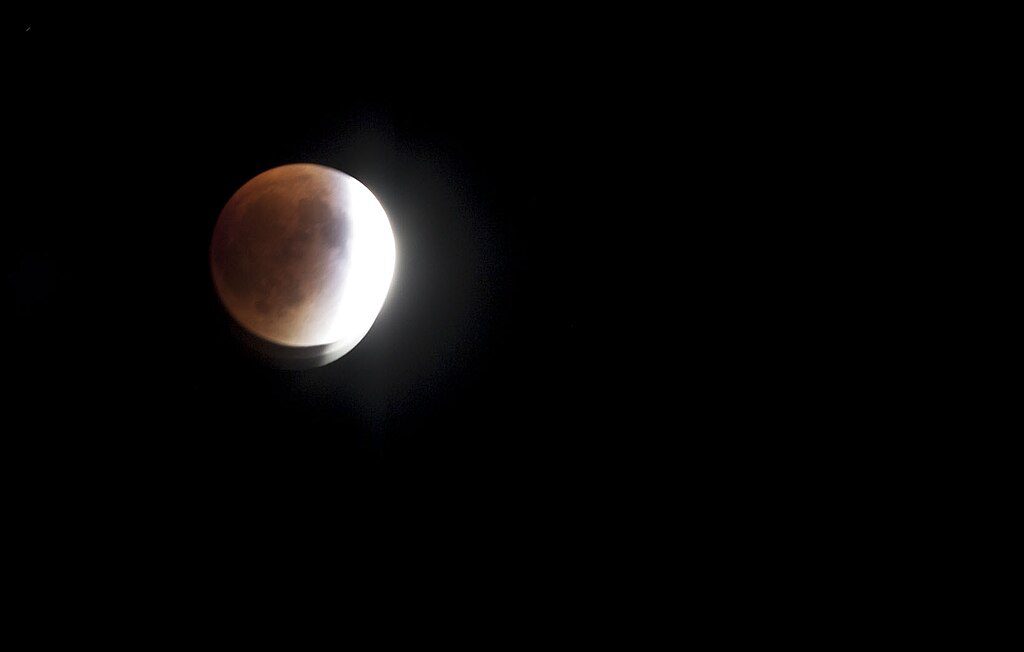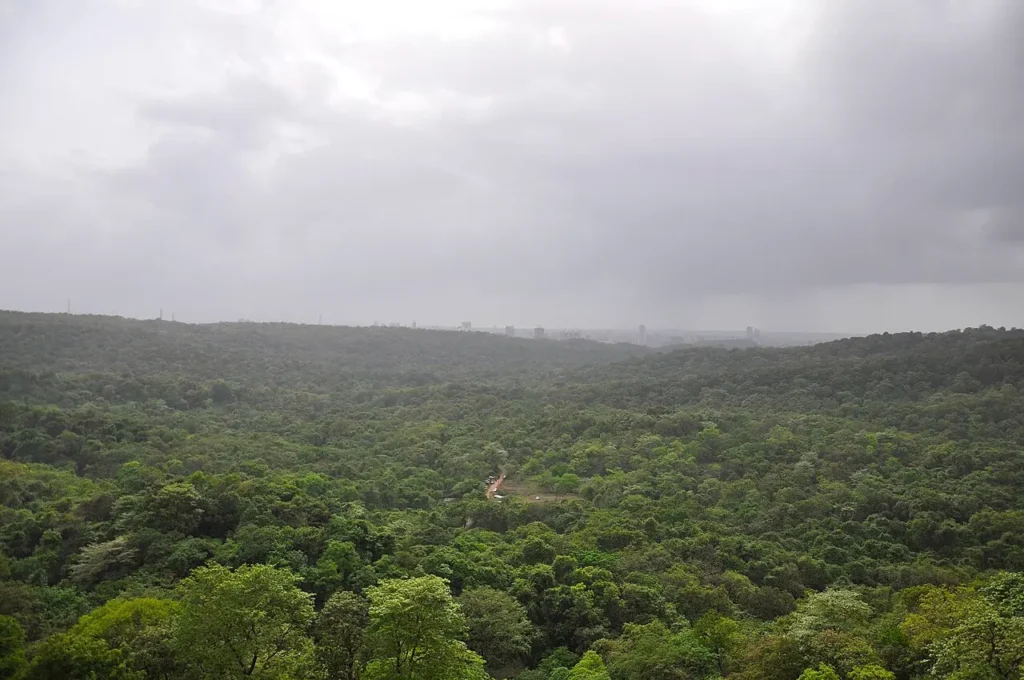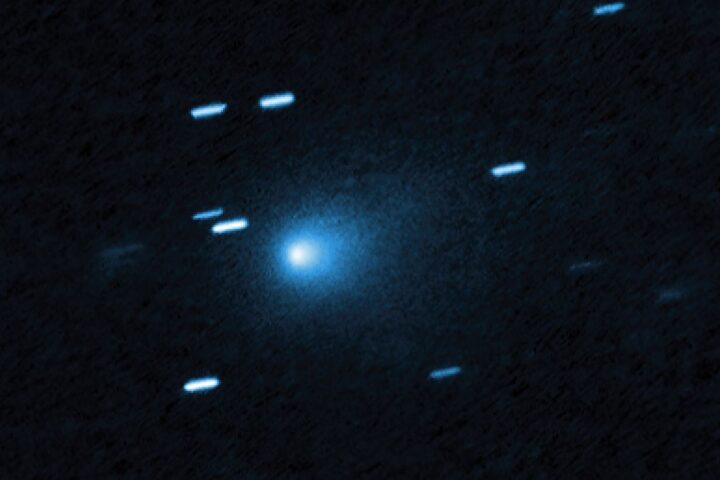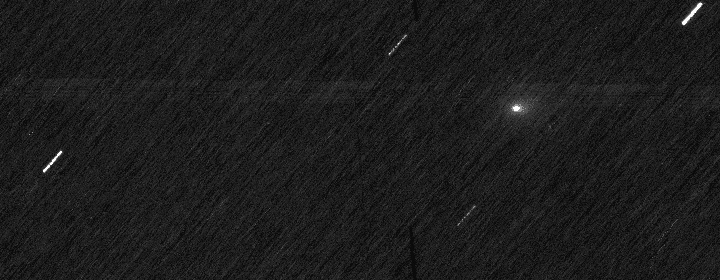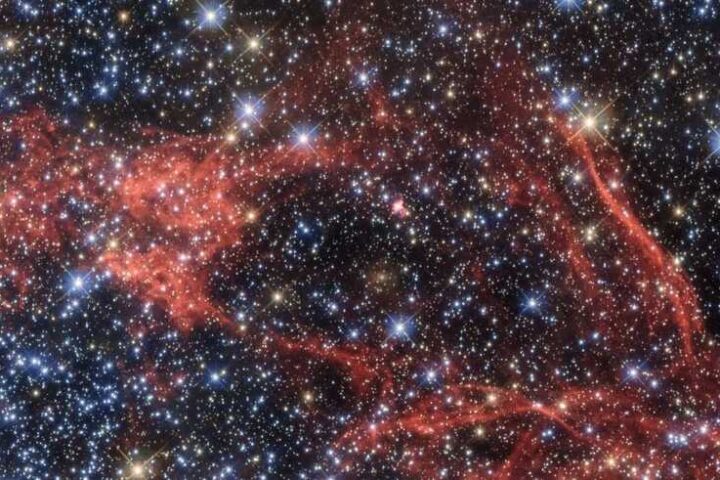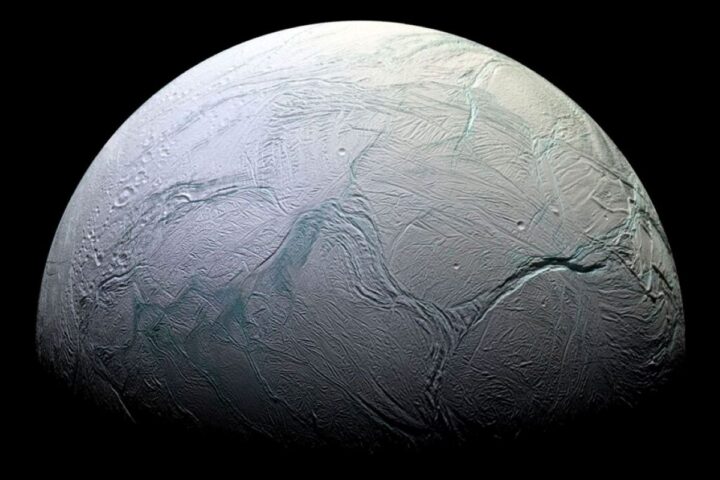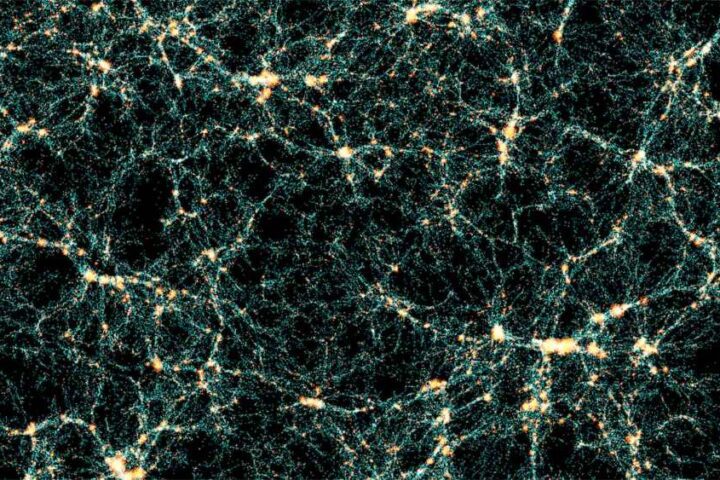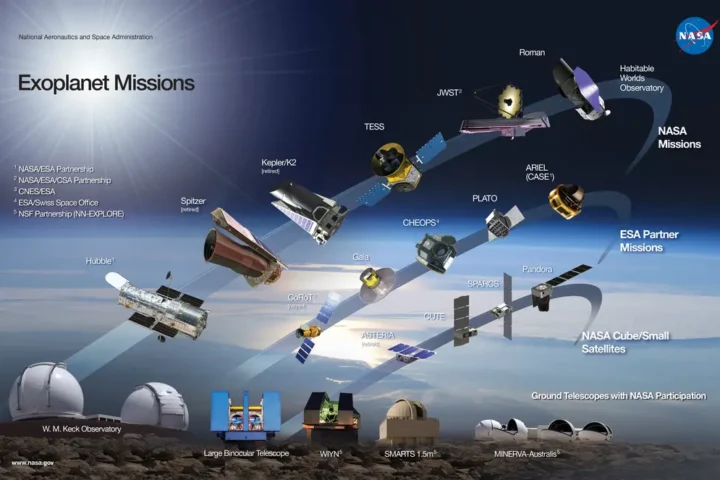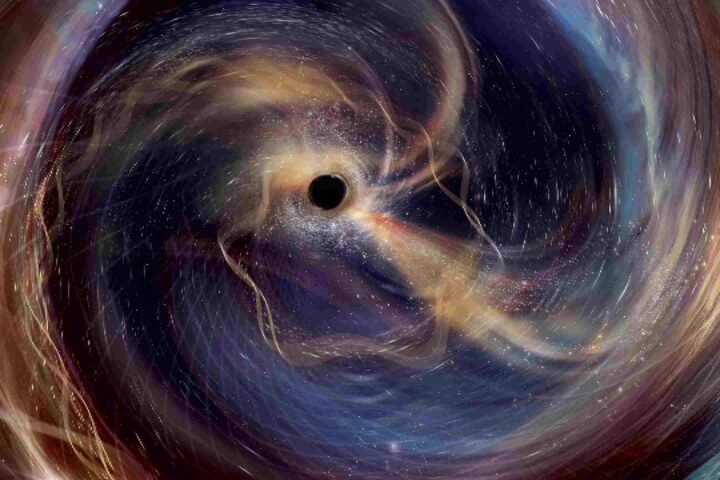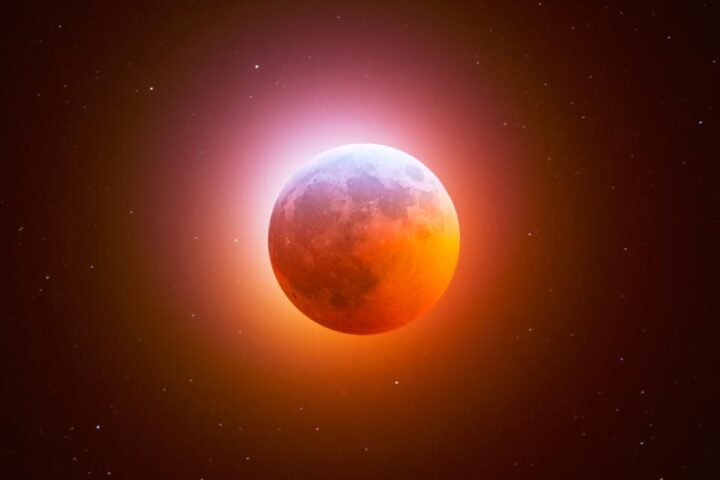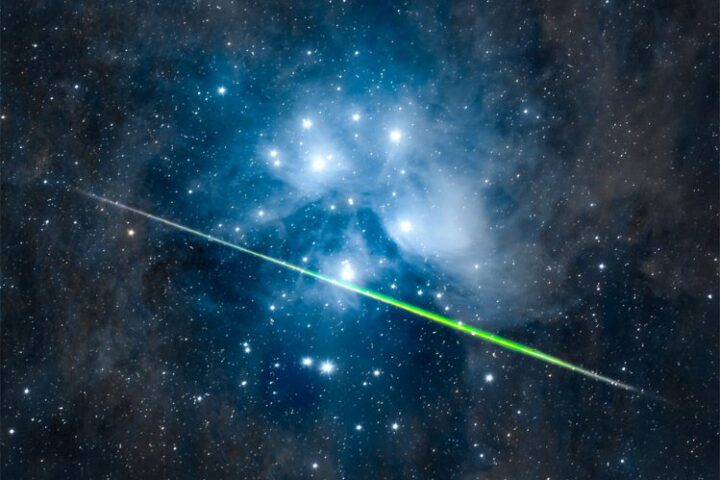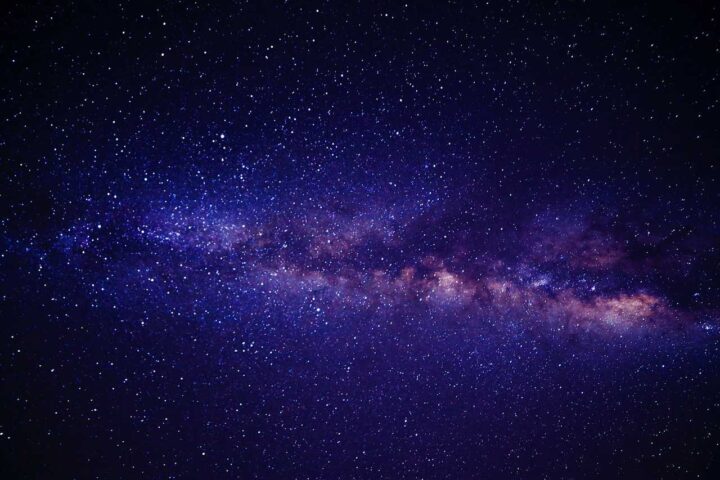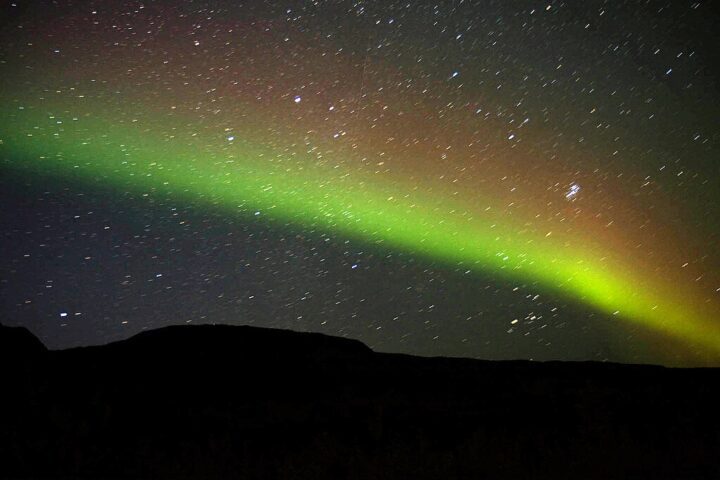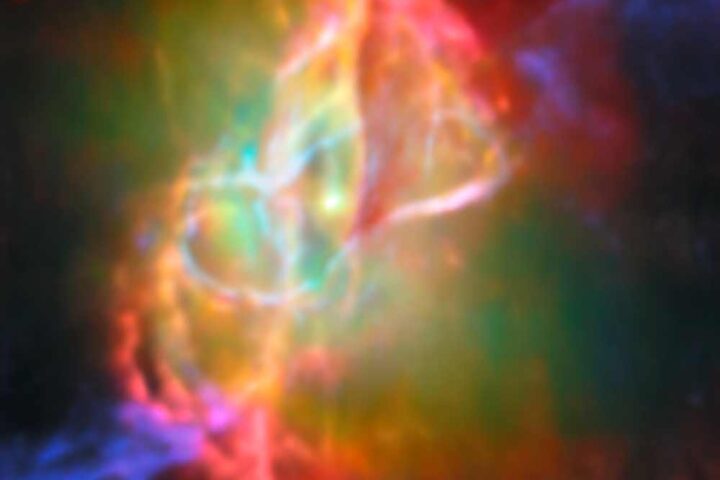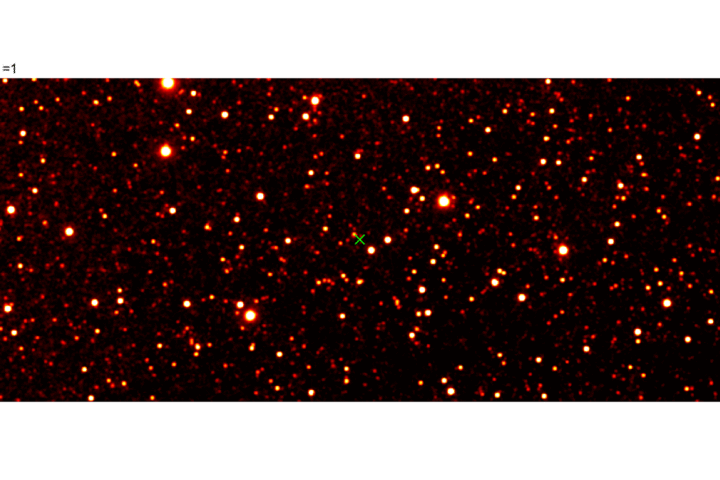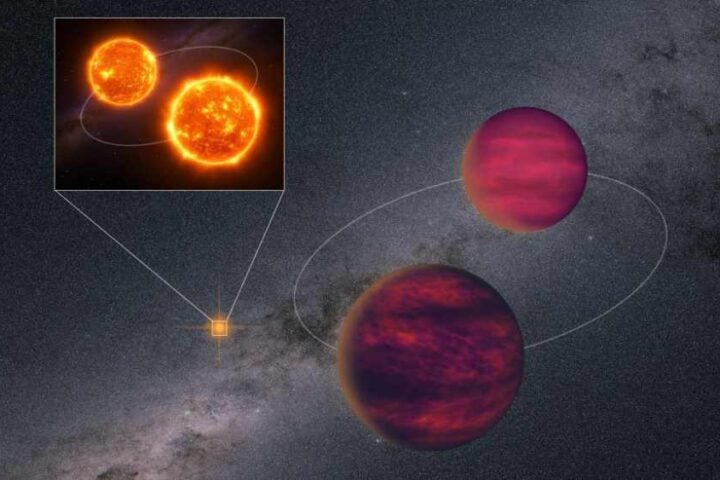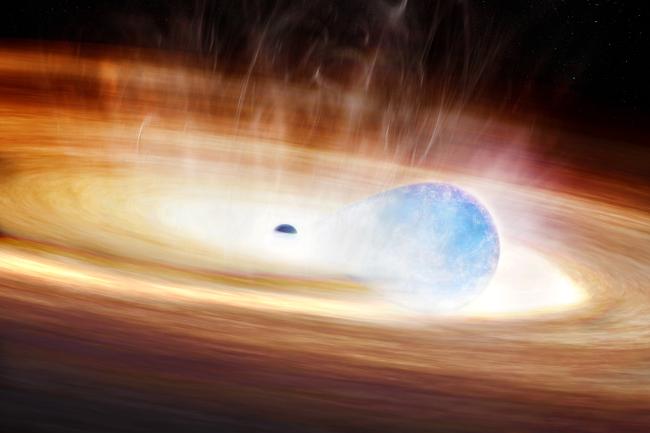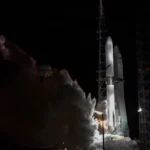The night sky will light up with the first supermoon of 2025 on October 6-7, marking the start of an uncommon streak of three consecutive supermoons to close out the year.
This October full moon, known as the Harvest Moon, will reach peak illumination on October 7 at 3:48 UTC (11:48 p.m. EDT on October 6). It’s unusual for the Harvest Moon to fall in October rather than September, as it’s defined as the full moon closest to the autumn equinox. While most Harvest Moons occur in September, October versions happen just 18 times between 1970 and 2050.
The full moon of October 6 occurs 14.395 days after the September equinox, making it closer to the equinox than September’s full moon was. The last October Harvest Moon appeared in 2020, and the next won’t come until 2028.
What makes this moon “super” is its proximity to Earth. The moon follows an elliptical orbit, not a perfect circle, meaning its distance from Earth varies throughout each month. When a full moon coincides with the moon’s closest approach (perigee), we see a supermoon.
October’s supermoon will appear up to 7-9% larger and 15-16% brighter than an average full moon. Compared to the farthest possible full moon, it can look up to 14% bigger and 30% brighter. While noticeable, this difference isn’t dramatic to the naked eye.
The supermoon will be approximately 224,599 miles from Earth – closer than average but not the year’s closest approach. November’s supermoon on November 5 will be the closest at about 221,817 miles, with December’s following close behind at roughly 221,965 miles.
A fourth consecutive supermoon will follow on January 3, 2026, creating a rare four-month sequence.
Similar Posts
The best viewing time will be just after sunset when the moon rises in the east. This timing creates what astronomers call the “moon illusion” – when the moon appears larger near the horizon than when higher in the sky. This effect isn’t an actual size change but a quirk of human perception, possibly related to seeing the moon against familiar objects like trees or buildings.
The Harvest Moon has practical historical significance. Before electric lighting, its bright light rising close to sunset for several consecutive evenings helped farmers work longer into the night during the critical harvest season.
One interesting feature of the Harvest Moon is its altered rising pattern. Most full moons rise about 50 minutes later each night, but the Harvest Moon rises only about 24 minutes later each night in places like Boston. This effect varies by latitude – the difference is greater in southern locations (about 37 minutes in Miami) and less in northern ones (just 11 minutes in Edmonton, Canada).
This compressed rising time happens because the moon follows the ecliptic – the same path the sun takes across the sky – which makes its smallest angle with the horizon during autumn in the Northern Hemisphere.
For viewers in the Southern Hemisphere, the effect is reversed. In Christchurch, New Zealand, the moon will rise about 81 minutes later each night.
While supermoons can cause slightly higher tides (by a few centimeters), there’s no scientific evidence linking them to natural disasters like earthquakes or volcanic eruptions.
For the best view of October’s supermoon, find a spot with an unobstructed eastern horizon just after sunset on October 6 or 7. Binoculars or a small telescope will reveal the moon’s craters and dark regions in striking detail.
The October supermoon coincides with International Observe the Moon Night on October 4 and the Draconid meteor shower (October 6-10), though the moon’s brightness may make meteors harder to spot.
